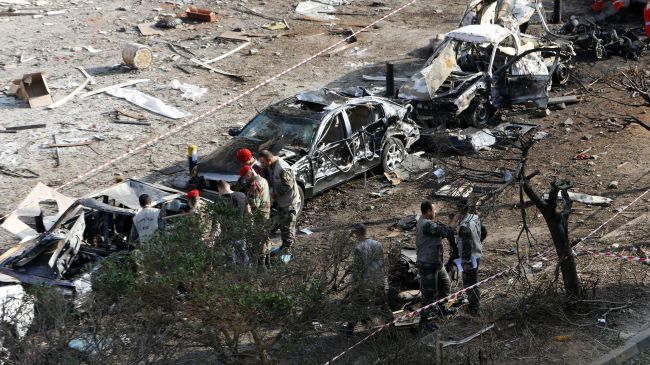New suspects of Beirut bombing identified: Iran MP

 New suspects have been identified in relation with deadly terrorist attacks against the Iranian Embassy in the Lebanese capital Beirut, a senior Iranian lawmaker says.
New suspects have been identified in relation with deadly terrorist attacks against the Iranian Embassy in the Lebanese capital Beirut, a senior Iranian lawmaker says.
“So far, some individuals related to the bombing have been identified,” said Hossein Naqavi Hosseini, the spokesman for the Majlis (Iranian parliament) Committee on National Security and Foreign Policy on Tuesday, the Fars News Agency reported.
He added that new suspects were also arrested but did not elaborate on the details.
Naqavi Hosseini reiterated the role of Saudi Arabia in the attacks and the relationship between Majed al-Majed, the Saudi terrorist detained for the attacks, and Saudi spy chief Prince Bandar bin Sultan bin Abdulaziz Al Saud.
“The relation between Majed al-Majed and Bandar bin Sultan is undeniable,” said the Iranian MP.
Following his arrest, the Saudi terrorist, who was the head of the Abdullah Azzam Brigades, died in Lebanese custody reportedly of poor health in late December 2013.
The group claimed responsibility for the twin bomb attacks on the Iranian Embassy in that killed 25 people and injured more than 150 on November 19, 2012.
On December 3, 2012, Hezbollah Secretary General Seyyed Hassan Nasrallah said Saudi Arabia is behind the bombing, adding that he has no doubt that the Saudi intelligence agency has close links with the Abdullah Azzam Brigades.
The Abdullah Azzam Brigades “is a bona fide group that has a Saudi emir and its leadership is directly linked to Saudi intelligence,” Seyyed Nasrallah said.







